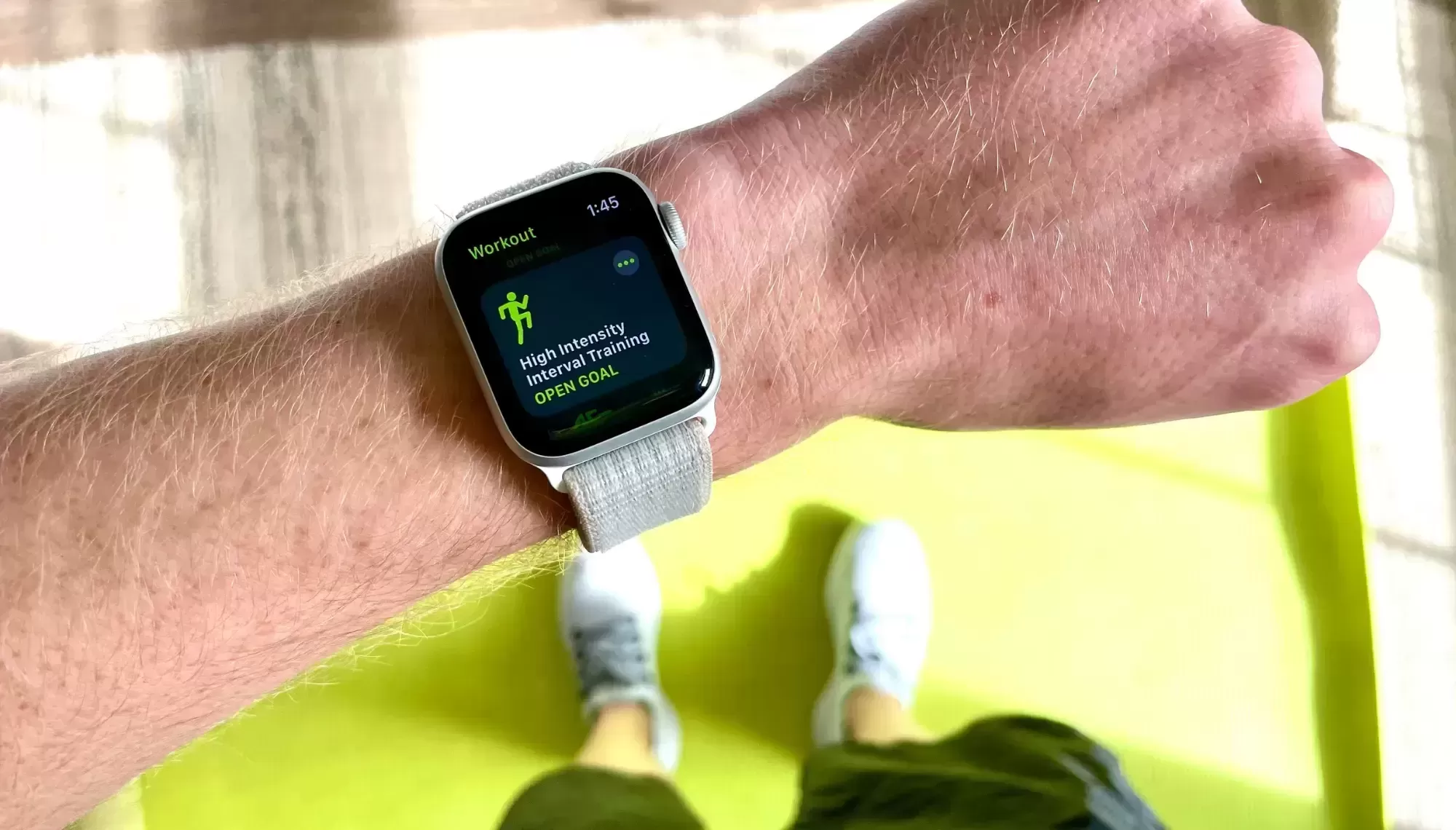In recent years, wearable technology, especially smartwatches, has gained immense popularity among professionals and tech enthusiasts. This trend reflects not just their convenience and appeal, but also their role in monitoring health and medical concerns.
Wearable devices are able to track various activities and bodily functions, such as sleep, exercise, and breathing patterns. This data is incredibly useful for physicians to use when creating and adjusting treatment plans, by helping to identify unhealthy patterns and potentially get ahead of life-threatening ailments. Here, we’ll delve into how smartwatches and other wearable technologies can improve your overall health and longevity.
What Can Wearable Tech Do?
While commonly promoted as entertaining gadgets or tools for professionals, smartwatches extend far beyond everyday conveniences. Equipped with sophisticated sensors, including transducers and target receptors, these devices analyze wrist activity to infer critical health metrics like blood pressure, heart rate, and pulse transit time. This provides great data that physicians can utilize for diagnosis and treatment.
In some instances, the information gathered by a smartwatch can be life-saving, especially if it identifies conditions such as arrhythmia or other cardiac irregularities. Issues like these can increase the chance of strokes, heart attack, or other potentially fatal cardiac episodes, meaning your wearable could potentially save your life — or at least, help you and your physician identify a concern while it’s still early.
Smartwatches and wearable technology are also helpful tools for individuals seeking a healthier lifestyle, offering detailed insights into physical activity, nutrition, and sleep patterns. Given that a healthy sleep pattern is often associated with increased longevity, the data these devices provide is invaluable for both improving overall health and enhancing physical comfort. For example, tracking how long you sleep, how often you move around, and even how loudly you snore can provide vital information to your physician, especially when it comes to monitoring symptoms for ailments like sleep apnea, in which shallow breathing can lead to full obstruction.
How Wearables and Smartwatches Track Health Data
The many veins and arteries in your wrist supply crucial information to the smartwatch about your pulse, blood pressure, and heart rate. The wrist proves to be an ideal location for wearing a smartwatch, as the skin there is thin enough to allow these vital signals to be effectively captured and analyzed.
A smartwatch is outfitted with a variety of sensors designed to optimally evaluate your health and deliver precise results. These include accelerometers, gyroscopes, heart rate monitors, and GPS, all of which contribute valuable data. These small sensors provide information about the number of steps taken in a day, calories burned, and the distance you’ve traveled — all of which give you a representation of your exercise habits. You can share this information with your physician, who can then formulate a treatment plan based on these findings.
How Reliable Is Smartwatch Data?
Owing to the unique algorithms and sensor technology embedded in each wearable device, different brands and models yield slightly varying results. For instance, the Apple Watch, Fitbit, Garmin, and Whoop devices are considered reliable at tracking steps and activity, while the Oura ring isn’t great for activity, but is good at gathering sleep data that can help your physician determine sleep quality and screen for sleep apnea.
There are also more specialized devices, like the KardiaMobile, which is a small electrocardiogram (ECG) device that syncs with a smartphone app. The KardiaMobile measures your heart rate and rhythm, and can detect common arrhythmias like atrial fibrillation (AFib), which elevate the risk of stroke.
Another specialized device is the smart scale, which typically integrates into health apps like Apple Health and Google Fit. The primary use case of the smart scale is for weighing yourself, but some types use bioelectrical impedance analysis (BIA), which sends a small current through your feet to determine additional data like body fat and muscle mass.
Individual physiological differences can sometimes affect the data, no matter what device you are using, leading to occasional inaccuracies. However, health tracking with smart devices is, in a sense, relative. If you establish a baseline through your favorite device, then you and your physician can see when your activity or health is deviating from the baseline, and your physician will be able to recommend lifestyle changes or further investigate to help address the concern.
How Wearable Data Can Improve Your Health
Regular collection of health data enables physicians to comprehensively visualize their patients' health, forming the basis of tailored treatment plans that can significantly enhance patient wellbeing.
Recent innovations that provide the ability to chart rises in oxygen saturation levels, heart rate, and blood pressure, all in real time, allows for any deviations from the norm to be instantly caught, and for your physician to create an effective, data-backed treatment plan. This feature is particularly crucial for monitoring conditions such as silent hypoxia, a frequent complication associated with COVID-19.
The data gathered from wearable technology not only aids physicians in formulating treatment plans but also plays a pivotal role in preventative care. This can significantly improve both the longevity and quality of life for patients. Let’s go over some of the data your physician would look at, why it is important, and some steps you can take to address it on your own.
Activity Level
Unsurprisingly, the most commonly tracked wearable data is the number or steps or overall activity level. In a 2020 study involving 4,840 participants, it was found that taking more steps per day is linked to significantly lower all-cause mortality rates. Specifically, those who took 8,000 steps per day had a 51% reduction in risk, and those who took 12,000 steps per day had a 65% reduction in risk compared to those who took only 4,000 steps per day.
Americans are said to average around 5,000 steps just going about their regular day, so adding just 30 minutes of exercise should be enough to get you into a good activity level, and your physician can help you ensure you are getting enough activity with the data from your wearable device.
Sleep Quality
Sleep quality is a huge factor in longevity and overall health maintenance. It is vital for nearly every aspect of a healthy body and mind – from mental health, mood, and cognitive functioning to cardiovascular, metabolic, and immune health — every system in the body needs good quality sleep to properly function.
Even if you are sleeping the recommended amount of time per day (at least 7 hours for adults), if it is not good quality sleep, your health will suffer. Sleep apnea is a well-known disorder that can disrupt one’s quality of sleep and lead to poor health outcomes, but you don’t need to have a medical issue to have poor sleep quality. It can be caused by a variety of factors, and if you don’t have a sleep disorder, lifestyle changes may be able to improve your quality of sleep.
For better sleep, consider creating a bedtime routine that helps your mind understand it is time to sleep, turning off all screens that emit blue light a few hours before bedtime, avoiding food, alcohol, and caffeine after a certain hour, and reducing the amount of light in your bedroom. However, effective methods vary by person, so speak to your physician for some personalized recommendations.
Heart Rate and Rhythm
Of course, a healthy heart is a vital factor in overall health and longevity. As mentioned above, the data from wearables and smartwatches can help your physician identify heart conditions like arrhythmia, or if you are already diagnosed with a heart condition, they can help you monitor any changes and take action when necessary.
Aside from those with pre-existing heart conditions, wearables can also alert you to any potential issues like a high resting heart rate, which is associated with increased risk of coronary disease and death. Additionally, your heart rate while doing physical activities like running, walking, swimming, and so on, can help indicate your general level of fitness. No matter your age or how healthy you may seem, if you notice any irregularities in your heart related data, then please take your concerns and data to your physician to review.
When collaborating with Devine Concierge Medicine, your physician will play a key role in helping you interpret this data and steer you toward achieving your health goals. Smartwatches and wearable technology may initially appear as intimidating or frivolous gadgets, but in reality, they are simply a more modern and portable version of devices that have existed for decades. Regardless of your purpose for using them, Devine Concierge Medicine is here to help you navigate these innovative devices, empowering you to lead a longer and healthier life.



